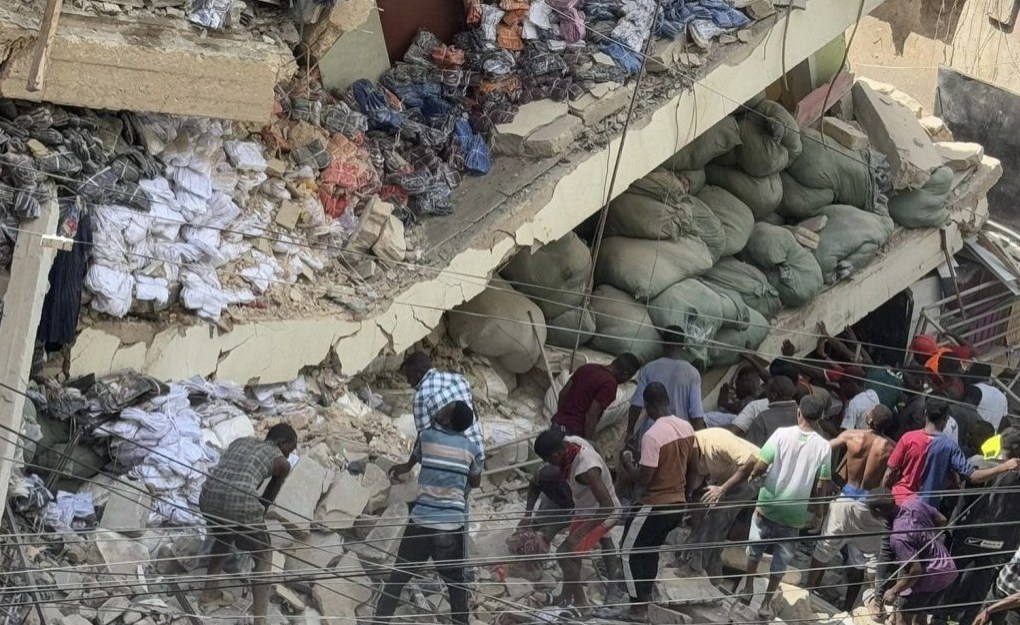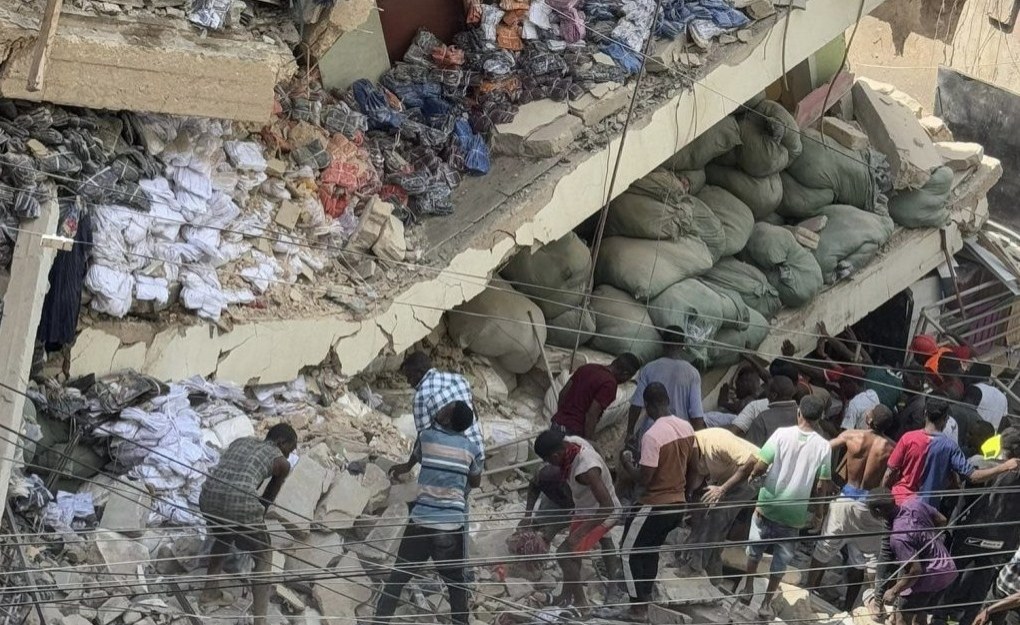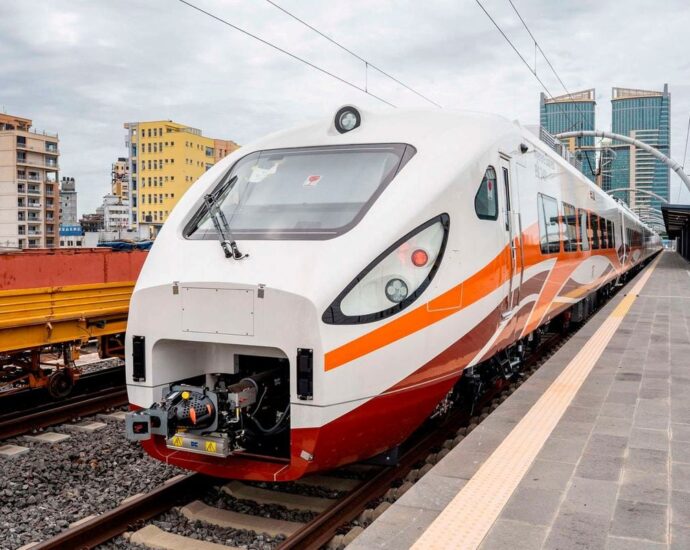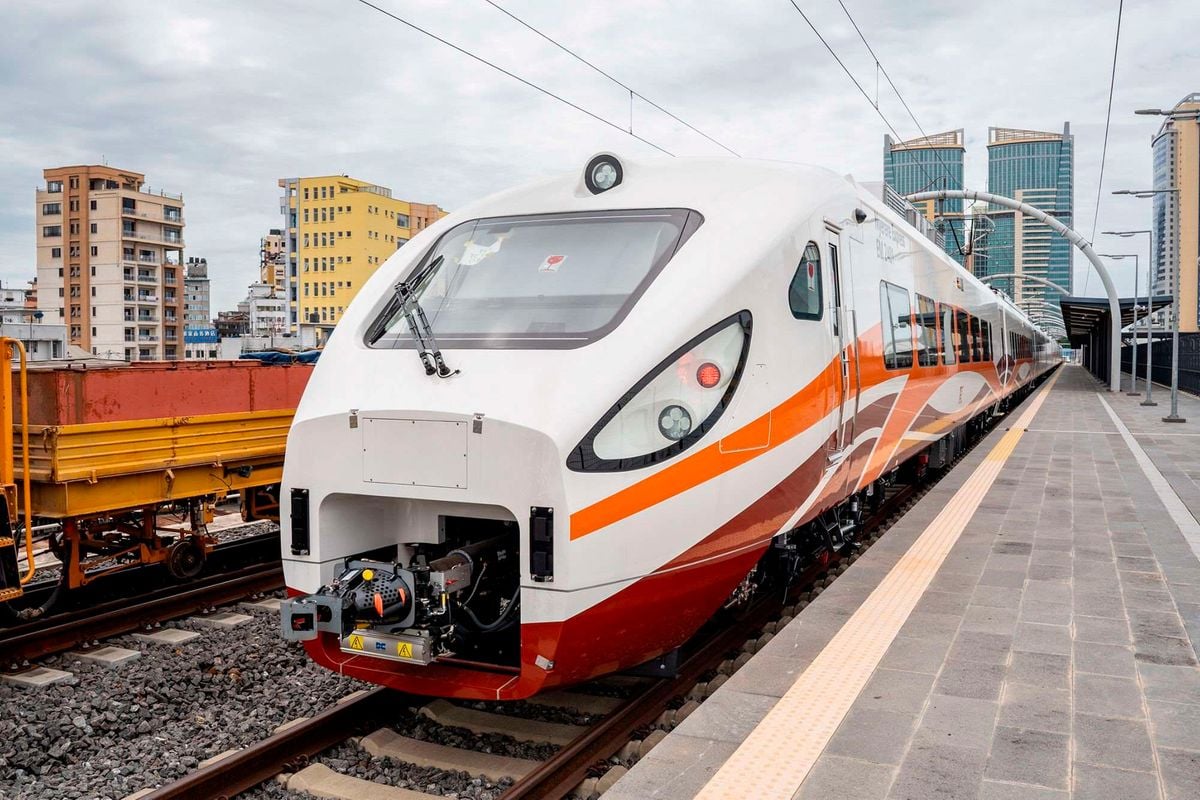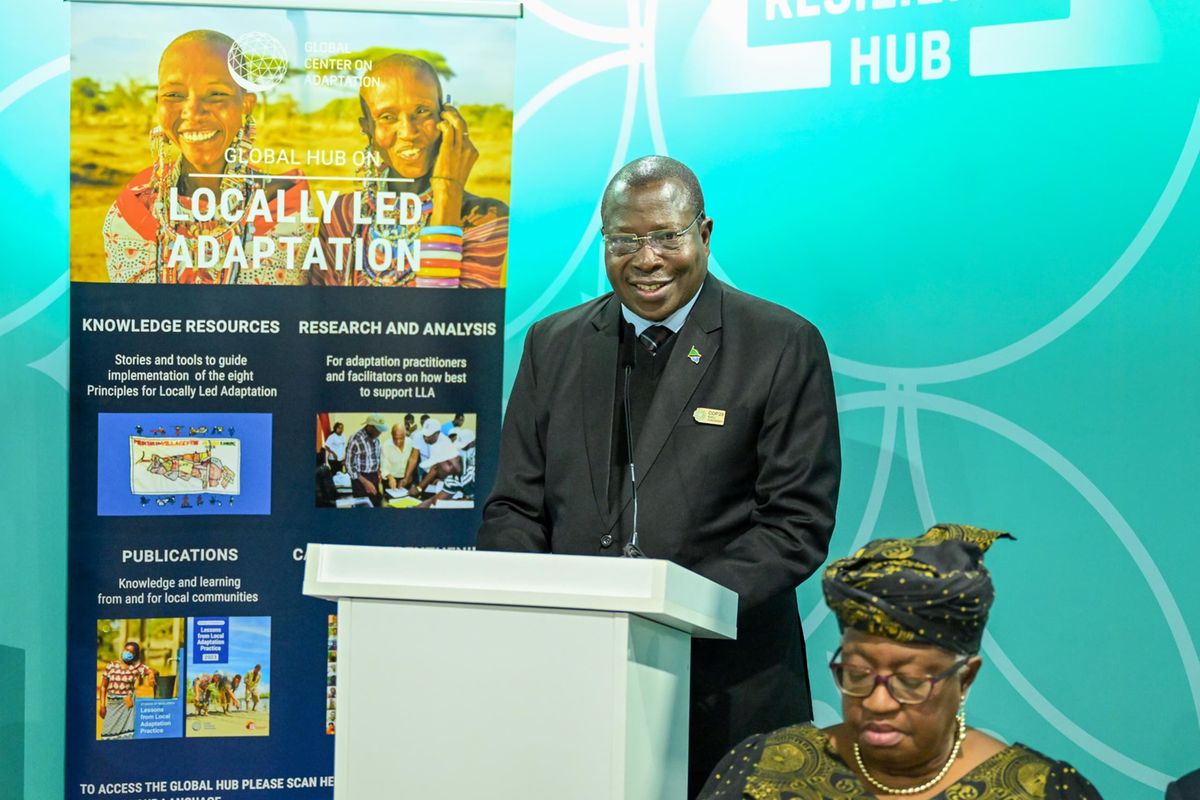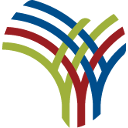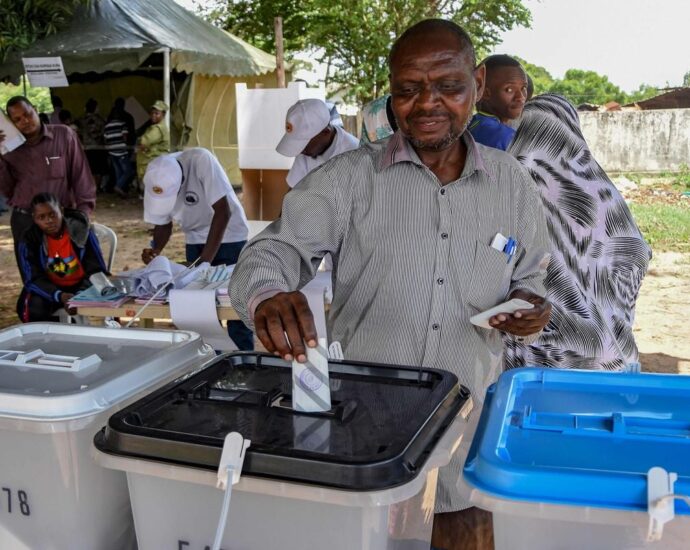Tanzania: Death Toll in Kariakoo Building Collapse Rises to 20
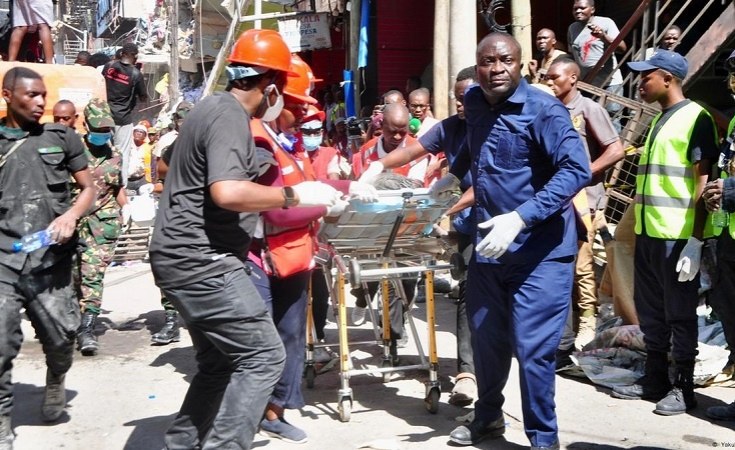
President Samia Suluhu Hassan has announced that 20 people lost their lives in the Kariakoo building collapse as of Wednesday morning.
The Head of State, who was in Brasilia, Brazil, for the G20 Summit, landed in Dar es Salaam today and went directly to the site of the Kariakoo building collapse.
Speaking at the scene, President Samia expressed sorrow over the lives lost despite the rescue efforts.
“Despite the efforts made by the government and rescuers here and elsewhere, we have still lost some of our fellow citizens.
According to the information I received today, as of 9 a.m., we have lost 20 of our people. The government, in collaboration with the families, has ensured they are laid to rest with dignity,” she said.
On Tuesday, President Samia Suluhu Hassan announced an additional 24 hours to rescue people trapped in a collapsed building at Kariakoo in Dar es Salaam.
President Samia expressed optimism that, with divine intervention, some victims might still be found alive beyond this period, despite the standard 72-hour timeframe for rescue operations having elapsed.
“I understand that rescue operations are usually limited to 72 hours, but I firmly believe that God can perform miracles and enable us to save more of our people who are still trapped in the rubble,” she stated.
She added ; “I am instructing that the rescue operations must not stop. Extend the effort by an additional 24 hours to continue fighting for the lives of those who may still be alive.”
The rescue operations began immediately on Saturday when the building collapsed in the bustling business center.
Source: allafrica.com

